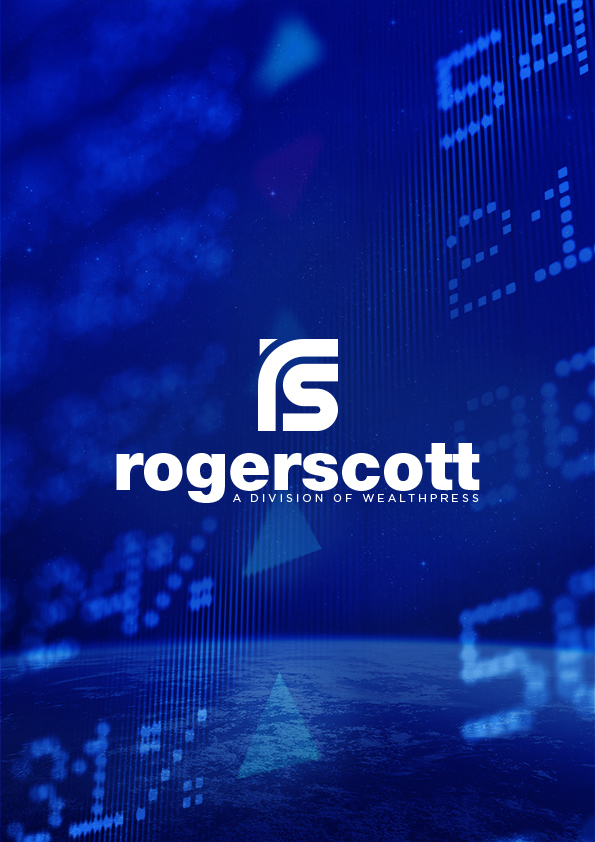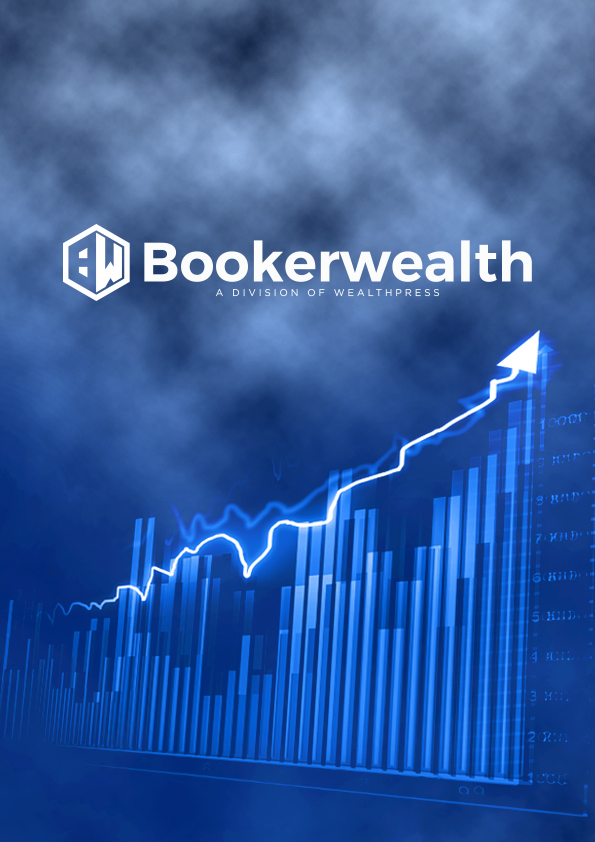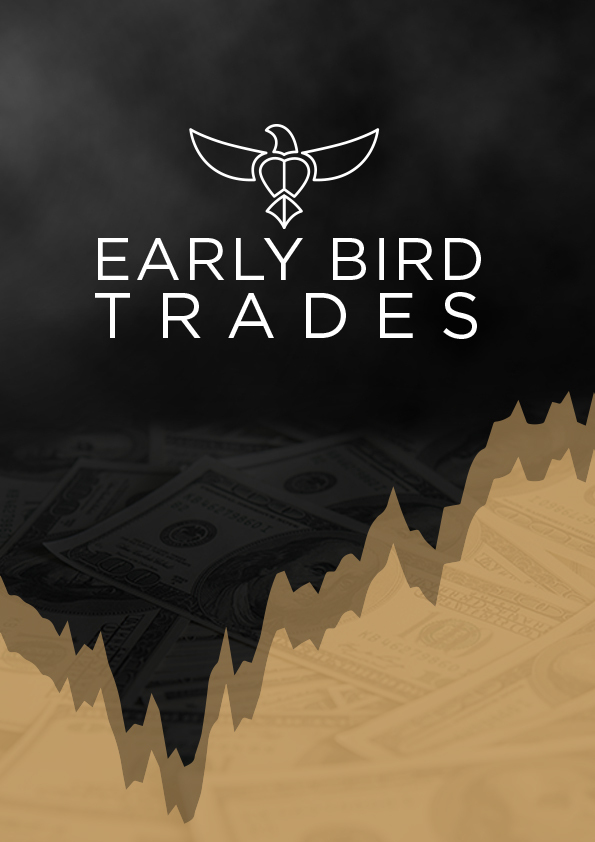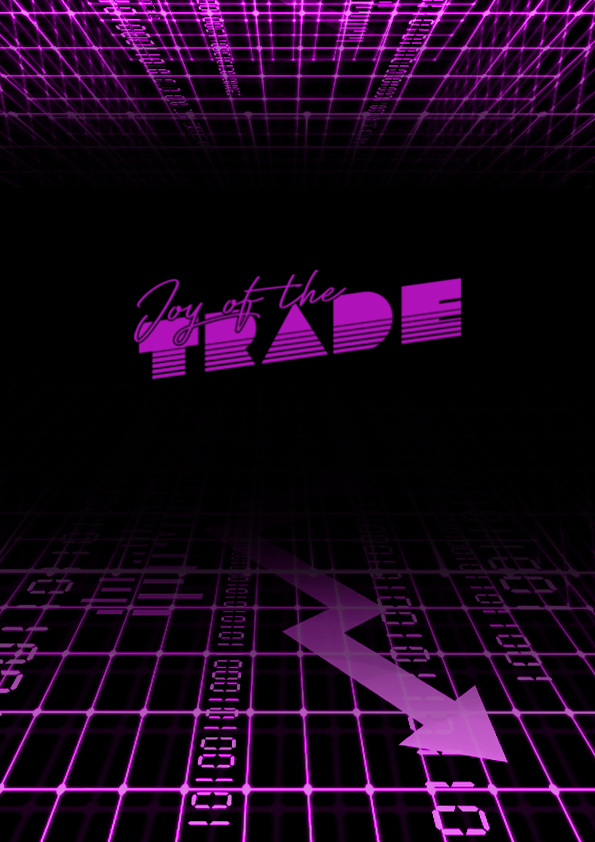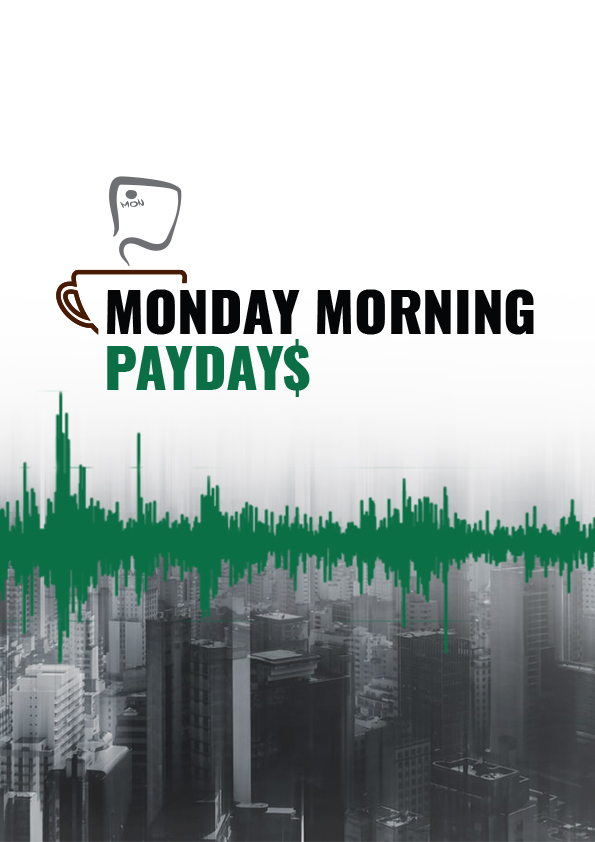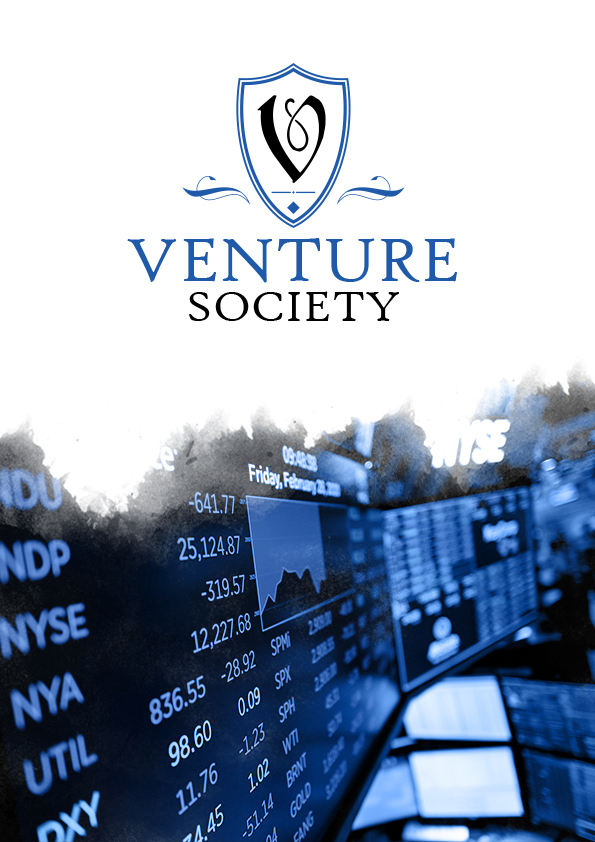By now, most people who pay attention to the financial markets realize that what happens in Asia and Europe will affect our market here in the US. How many times have we woken up in the morning to hear CNBC or Bloomberg telling us that the European markets are down 2%, that futures are pointing to a lower open, and markets are below fair value? We now live in a global economy; what happens overseas will drive our markets higher or lower depending on what occurred while we were sleeping. This causes the S&P 500 cash, Dow 30 cash, and NASDAQ 100 cash indexes to gap up or down at the US open. If you are on the right side of the market, this could be a good thing, however, most feel the pain as the bad news drives the markets lower.
There are over 10,000 stocks that are available to trade in the US. Many of our companies in the US are global companies, doing business overseas as well as at home. And like our companies, there are many companies overseas that do business here in the US. We can trade those companies’ stock on our exchanges. We call them ADRs (American Depository Receipts). Asia and Europe trade our stocks on their exchanges just as we trade their stocks on ours. We can buy Toyota Motor Corp (TM – Japanese), Siemens (SI – German), and Baidu (BIDU – Chinese) on our exchanges here in the US. These are foreign companies (stocks) traded on our exchanges. Likewise, our stocks trade on their exchanges. Turn on Bloomberg or CNBC early in the morning and watch the ticker of the stocks “during European trading”. Though, unless you have an account in Europe you cannot trade them, it is nice to be able to see what the stocks are doing before we get the US open. It is easier, however, to watch the index futures, and they will tell you what the majority of stocks are doing instead of each individual stock that goes across the ticker on TV.
If the stock (the company) is a blue-chip stock or a well performing stock, it is put into an index to help gage the overall market. The cash indexes are a current (live) representation of the stocks that are in them. The cash indexes show the current value of the index only during the NYSE trading hours (09:30 – 16:00 ET). This means that during a 24-hour day, the cash indexes are “calculating” for 6 ½ hours of the day, or 27% of the time. That leaves 73% of the time that the cash markets in the US are not representing what is happening around the world. This time gap is what causes our markets in the US to gap up or gap down at the open because our stocks have been traded at the exchanges around the world and have been pushed up or down during overseas markets. The cash indexes here in the US “don’t see” that movement until the cash open in New York. This leaves the need for an indicator that tracks the markets 24 hours a day.
The first markets to open are the Asian markets (including Australia, and New Zealand). They will control the market from 18:00 – 03:00 ET. This is when Europe opens, and so Europe will control the market from 03:00 – 09:30 ET. Since the S&P 500, Dow 30, and NASDAQ 100 “belong” to the US, the US takes over at 09:30, however, Europe is still open and trading for the first 2 hours of our market. During the US markets, we still have European influence during our morning session. Once we get back from lunch, just the Americas are left to round out the 24-hour day. But no sooner do we close, and a new day is starting over in Asia. Talk about a busy day, and we still must find time to eat and sleep.
Since the US is most closely “related” to Europe, one of the largest influences on our market is what happens in Europe. Germany is the largest economy in Europe, and they have an index call the DAX Extera Index that is much like our Dow 30. It consists of 30 stocks, and they are Germany’s large industrialized companies. You have probably heard of many of them like Adidas, BASF, and Bayer to name a few. Half on them trade at the New York Stock Exchange as ADR’s. As we wake up here and begin to get ready for work, the DAX is already in full swing, giving us information that can tell us what our markets will be doing when they open.
Of course, Germany is not the only country in Europe. As we have seen in recent past, there are many different concerns in various other countries in Europe. And though Germany may be doing well, others may be having economic problems that the DAX index may not reflect. The Dow Jones Eurostoxx 50 is an index that looks at the 50 largest companies across the Euro Zone. It reflects the overall sentiment of the European countries. It will consider the movements of other European markets to give us a broader perspective of the economic status of European countries. These two indexes are open 03:00 – 11:30 ET. This encompasses most of our wakeup time in the US, as well as the first two hours of our day market. In other words, Europe has been open for 6 ½ hours before we begin trading here in the US. But again, we ask, what are our stocks doing? This is where futures come in.
Futures are a contract between a buyer and a seller. Futures look into the future to “lock in” a future price or try and predict where something will be in the future; hence the name. Most have heard of commodities. Commodities are a futures contract with a deliverable asset. For example: Let’s say that it is January and we are General Mills (GIS-NYSE) and we need to make flour for our Betty Crocker and Pillsbury brands. We need to buy wheat to make the flour. However, they are not harvesting wheat in January and we do not know what the price of wheat will be in June when farmers begin to harvest. So we meet with the farmer and make a deal that we will buy his wheat in June at $6.50 a bushel and he agrees. We have now locked in a future price and now can budget our year based off a fixed price. We will take delivery of the wheat in June after harvest.
There are also futures on indexes. Since an index is a mathematical calculation, there is nothing to deliver, and hence has not delivery. The index futures are a derivative of the cash index. Because there are futures on the cash indexes (S&P 500, Dow 30, NASDAQ 100, Russell 2000) that trade virtually 24 hours a day, we can watch the index futures to get a feel for market direction. The futures will move based off the section of the world that is open at that time. So, we have to divide up the 24 hour market into time segments to help us understand who is controlling the market. Remember, foreign exchanges are trading our stock, so in theory, our index is moving, but is turned off. If Asia is moving higher, we can look at the index futures to see if they are moving higher, and hence our stocks are moving higher.
The charts below are 30 minute charts of the S&P 500 futures(left) and the S&P 500 cash index (right). The Asian, European, and US markets are on the chart on the left. The futures opened and started trading higher in Asia, then began to weaken. Europe then opened and pulled the market down. The US then opened and began to retrace as Europe closed. Notice the gap in the chart on the right. Since the cash index is not calculating throughout the night, it ended the previous day, and gapped down since it did not track during the 73% of the time while it was turned off.

Before the US cash market opened, it was known that Europe was weak and that the US would begin at lower prices. Notice the futures have no gap, and the cash does. This is what is referred to as a “gap down” at the open, yet there really was no gap based off how the futures traded. So, in this case, did futures lead the cash down? Not really. If the cash index was calculating throughout the night, you would see the same pattern. Some would say that the cash (stock) was down to “reconcile” it back to the futures. Again, no, because the stock had already traded lower in the European markets.

The same is true for the European markets. Again, the chart of the left is a 30-minute chart of the S&P futures and on the right is a 30 minute chart of the DAX. Notice that the Asian markets surged around 22:00 (10:00pm) and continued higher during European trading. Since that DAX was closed during the Asian markets, it started higher when it opened (gapping up). But watching the index futures, we already knew where stocks would begin in Europe. The question would be, now that Europe is in control, will they push the market higher, or correct it back down based off their economic news.
Many discount what the markets do at night or totally ignore what happens because they think that the US is the only important market. In this day and age, all markets are intertwined from the simple basis of stock, as all foreign markets, including the US, trade stock from foreign countries. If we begin to look at the money exchange between countries, the pot grows even larger.
We all have 401k’s and IRA’s that get moved around based off what the world thinks. And not paying attention to what is happening can be the difference between having an increase in account value or a decrease. It is our money, and we need to learn how to manage it. By simply watching what is happening around the world each week or weekend, we can begin to gain knowledge of what can occur to our account value. The funds in our 401k’s consist of stock. The performance of our funds depends solely on what the markets are doing. If we see the markets are trending higher around the world, we know we have a much stronger trend than if Asian and European markets are down most of the time and the US is the only one pushing higher. This may give us an indication of caution, and we can adjust our portfolios in case our markets begin to be pulled down by the world markets. This may also give us confidence to start entering foreign funds so that we can take advantage of their moves as their economies improve over the US. But as times get tough, we can move our monies into bond fund for protection and wait for the markets to turn around.
We don’t have to trade futures to understand what the markets are doing globally. Global markets move on news and it can be seen in the advancement or the decline in the index futures as stocks trade around the world. If we are wanting to know what the market will do when it opens at 09:30 ET, the index futures are one indicator that will give us the information we need as we approach that open. Though the market never sleeps, we don’t have to stay up all night wondering where stocks will be when we start trading in New York, all we need to do is look at the index futures and they will tell us where prices will be.





